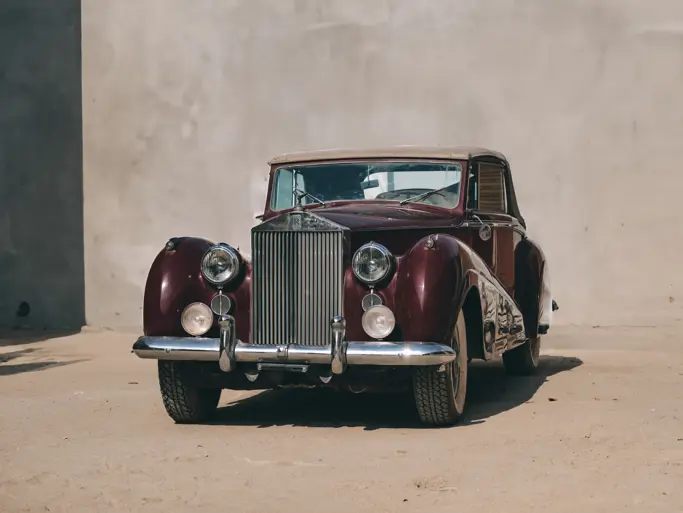The Littlefield Collection
M151A2 MUTT (Custom 6-Wheeler)
{{lr.item.text}}
$12,650 USD | Sold
 | Portola Valley, California
| Portola Valley, California
{{internetCurrentBid}}
{{internetTimeLeft}}

Weight: 1.07-tons (970-kg)
Length: 11' 0” (3.35-m)
Width: 6' 2” (1.57-m)
Height: 5' 11” (1.80-m)
Crew: 1
Armor:
None
Weapons
Provisions for various light weapons
Engine: Willys MD F-head, 4-cylinder, 71-hp
Power/weight: 71-hp/ton
Fuel Capacity: 17.3-USG (65-l)
Range: 300miles (482-km)
Speed: 66mph (106-km/h)
The vehicle being offered, M151A2, is a custom six-wheel conversion. The conversion was done by welding the rear of another M151A2 to the rear of the subject vehicle. This vehicle is in otherwise unrestored and original condition. The rear cargo canvas is missing. The engine runs, but the vehicle does not drive. The engine water pump is badly worn and will not hold water. It needs exhaust work. The tires are about 70-percent.
The M151 Military Utility Tactical Truck (MUTT) was designed as a successor to the classic Jeep, in the case, the M38A1. Taking nearly 10 years to design, Ford began production of the M151 in 1960. The M151 was a lightweight, steel-bodied truck. It had the military standard 24-volt electrical system along with selective 2- or 4-wheel drive. With its unibody design, the suspension was all around independent and it had a single-speed transfer unit. Instead of the 3-speed transmission seen in all of the earlier jeeps such as the GPW and M38, the M151 had a 4-speed. In 1962, Willys Motors, Inc., underbid Ford and started production of the M151. The built 14,625 before the first variant, the M151A1 came into production.
Rear suspension issues on the M151, such as it buckling under heavy loads caused it to be redesigned. Vehicles with the new rear suspension were designated M151A1. They started rolling off of the production line in December 1963. Sometime in 1964, Ford picked up the contract again and started production once more in January 1965. They continued building the series until 1969.
The next major variant was the M151A2. There were numerous handling issues with the suspension that caused over 3,000 accidents and over 100 deaths during fiscal year 1967. Originally attributed to driver error, the Army finally realized that the vehicle was the problem and a redesign of the suspension was required. A semi-trailing arm suspension replaced the independent A-frame on the rear. A new steering wheel, marker and tail lights and other components.
The M151 series remained in service with the U.S. military into the late 1990s until fully replaced by the HMMWV.
Transport Cost to Storage: $660





